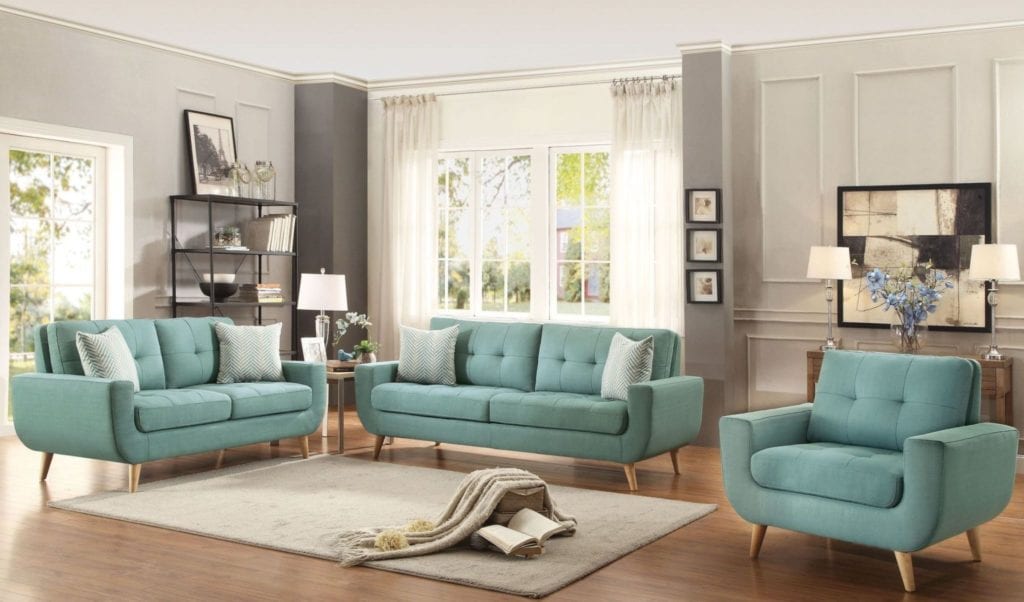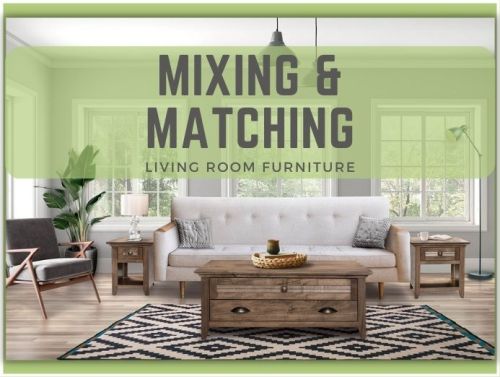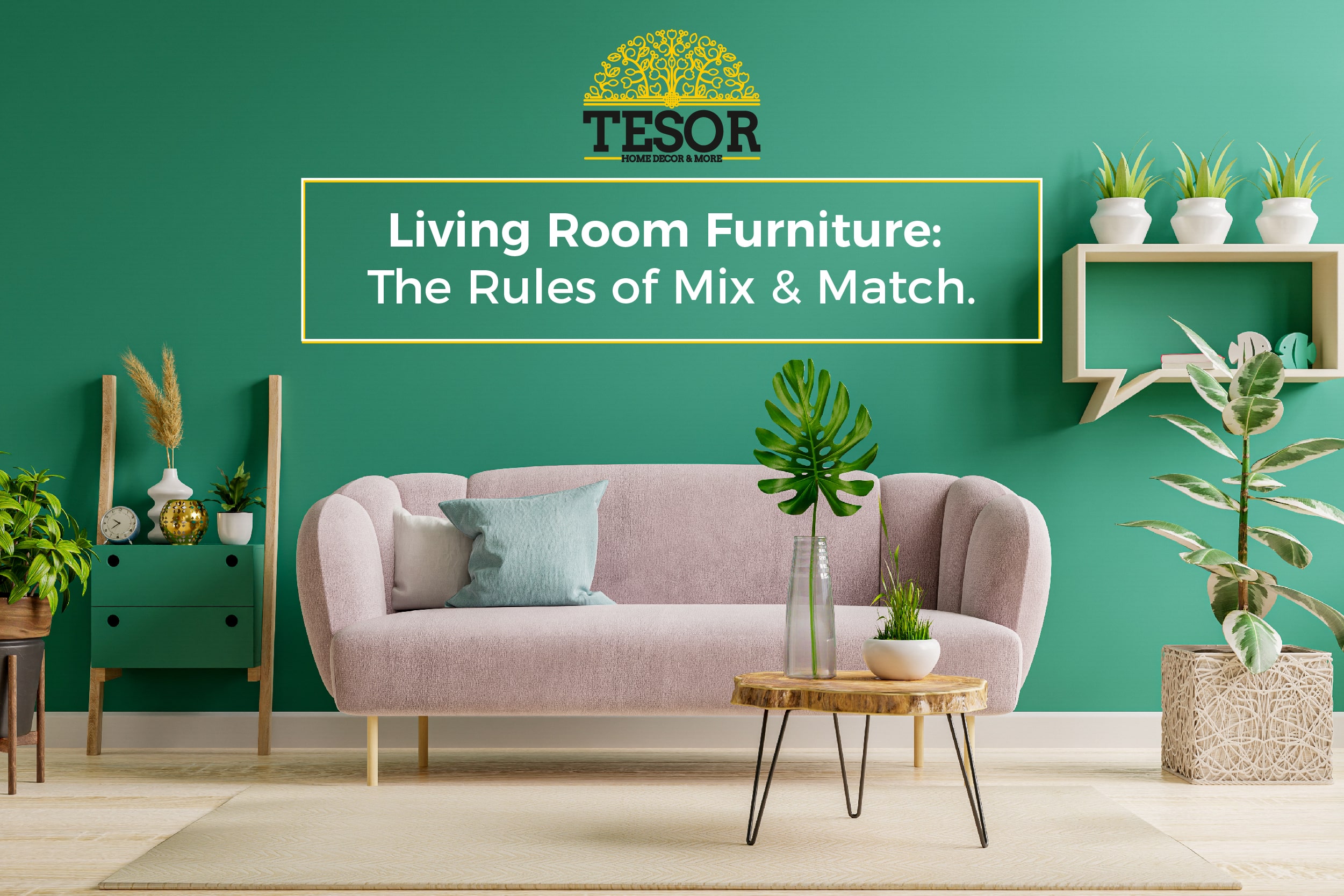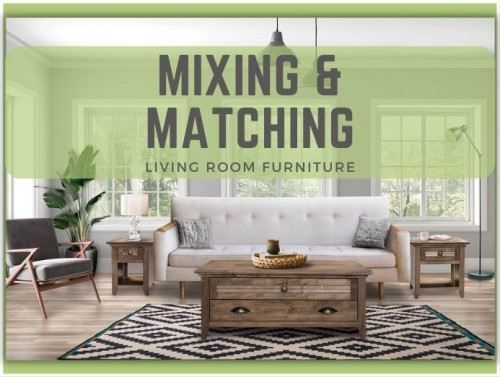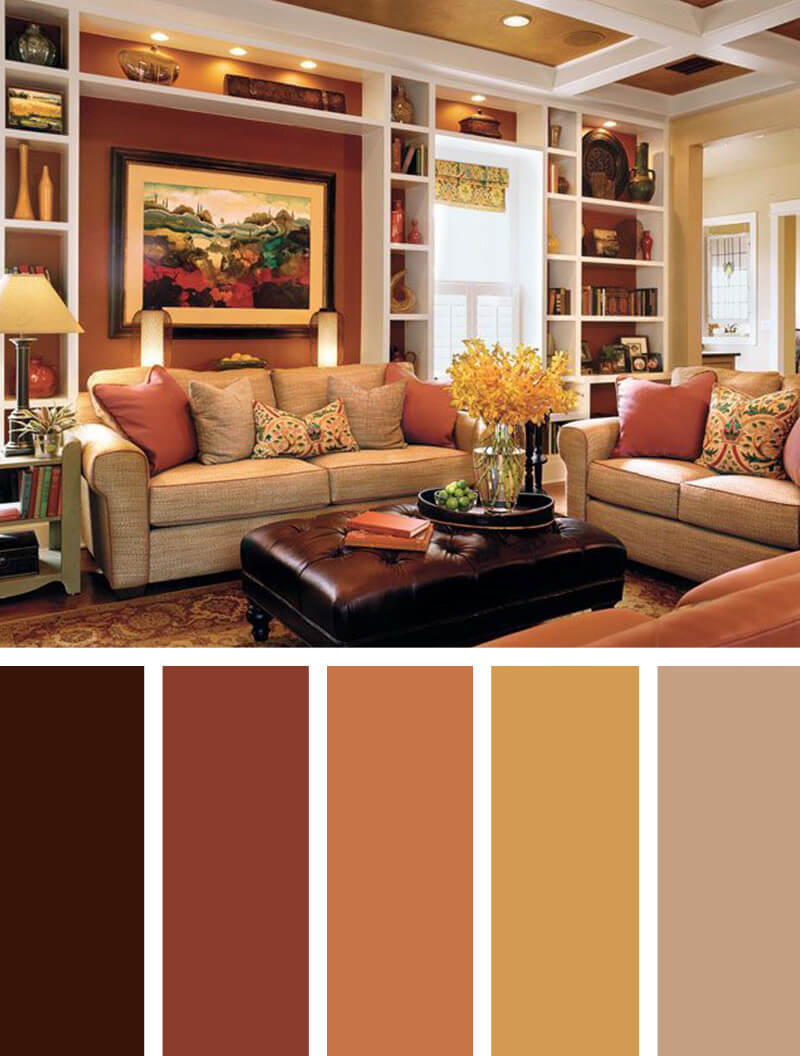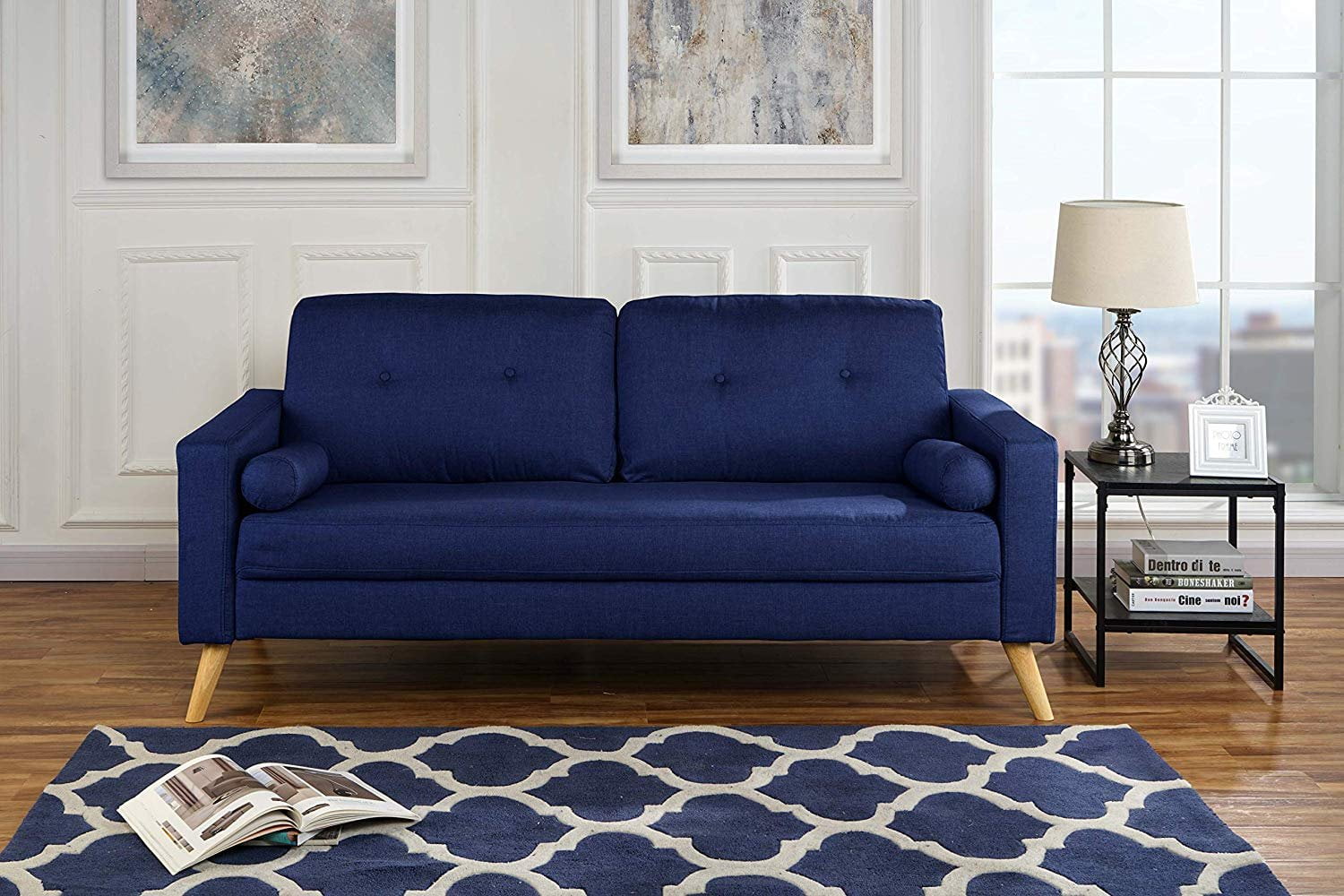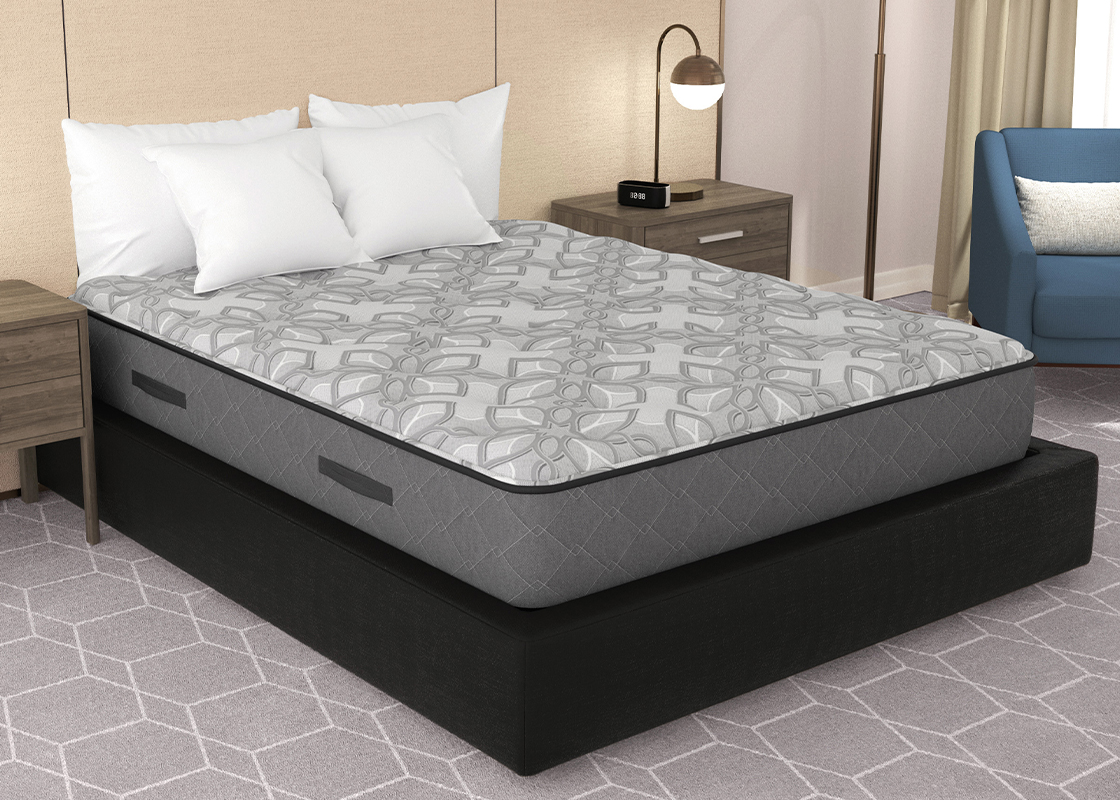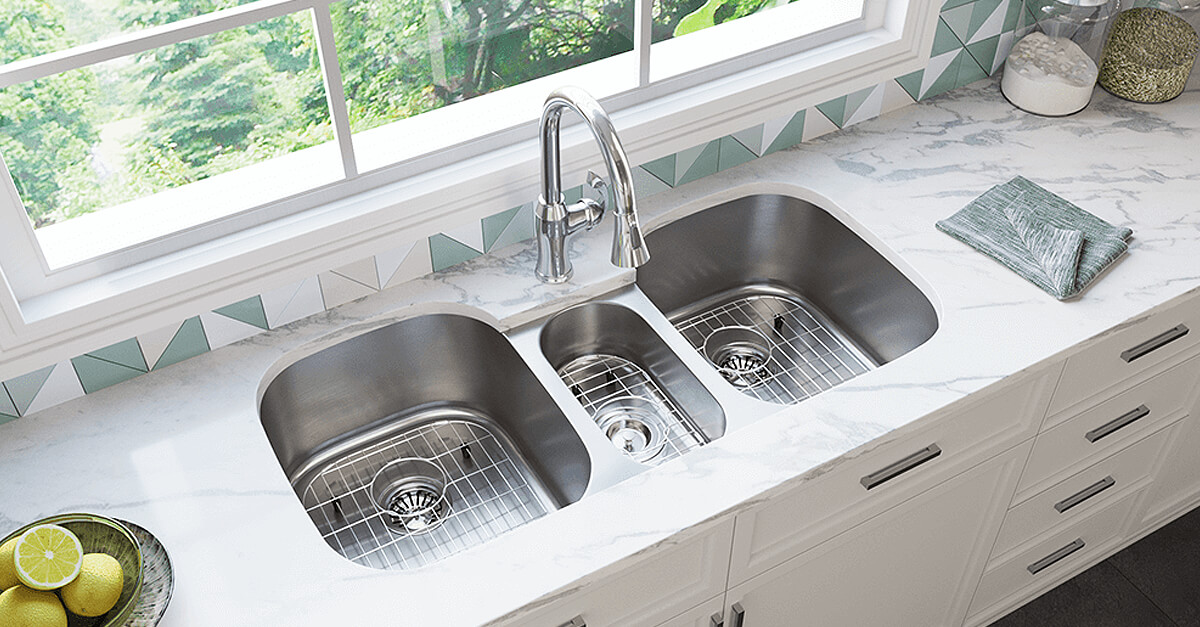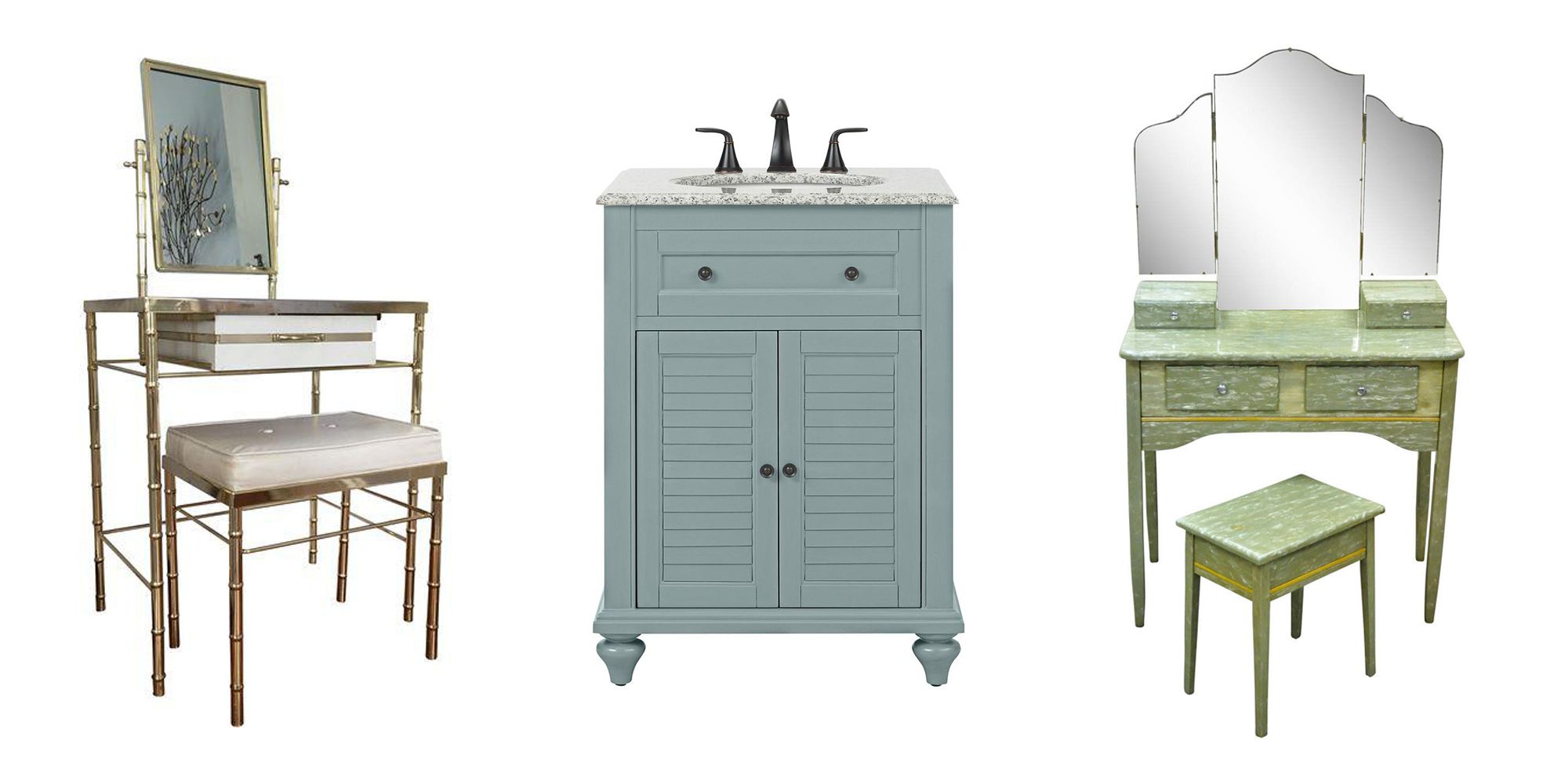One of the most common questions when it comes to decorating a living room is whether or not all the furniture should match. Some may argue that a matching set gives a cohesive and put-together look, while others believe in mixing and matching for a more eclectic and personalized feel. So, should all living room furniture match? Let’s explore the pros and cons of both options and how to achieve a balanced and stylish look in your living room. Matching Living Room Furniture: Should It All Match?
Mixing and matching living room furniture can be a fun and creative process. It allows you to add personality and character to your space, rather than having a cookie-cutter look with all matching pieces. The key to successfully mixing and matching furniture is to find a common element that ties everything together, such as color, texture, or style. For example, if you have a neutral-colored sofa, you can mix in accent chairs with a similar color but in a different style or fabric. How to Mix and Match Living Room Furniture
While mixing and matching furniture can add visual interest to your living room, there are some things to keep in mind to avoid a chaotic and cluttered look. First, make sure to have a focal point in your living room, such as a fireplace or a large piece of artwork, and arrange your furniture around it. This will create a sense of balance and cohesion. Also, be mindful of scale and proportion. Don’t mix furniture pieces that are too similar in size, as it can make the room feel unbalanced. Instead, mix larger and smaller pieces to create a dynamic and well-balanced look. The Dos and Don'ts of Mixing and Matching Living Room Furniture
There is no rule that says all your living room furniture has to match. In fact, having a mix of different pieces can add depth and character to your space. It also allows you to incorporate different styles and trends without having to replace all your furniture. Plus, mixing and matching can save you money, as you can find unique and affordable pieces from different sources. Why Your Living Room Furniture Doesn't Have to Match
If you’re hesitant about mixing and matching furniture, you can still achieve a coordinated and cohesive look in your living room. Start by choosing a color palette and sticking to it. This will tie everything together and create a harmonious look. You can also choose furniture pieces with similar shapes or silhouettes to create a sense of unity. Another tip is to mix different textures, such as a velvet sofa with a leather armchair, to add depth and interest to your space. Tips for Choosing Coordinating Living Room Furniture
Mixing and matching furniture doesn’t mean throwing random pieces together. To create a cohesive look, pay attention to the overall style and theme of your living room. For example, if you have a modern and minimalist living room, mix in furniture pieces with clean lines and simple designs. If your living room has a bohemian vibe, mix in colorful and textured pieces for a more eclectic look. How to Create a Cohesive Look with Non-Matching Living Room Furniture
There are many benefits to mixing and matching living room furniture. As mentioned before, it allows you to add personality and character to your space. It also gives you the freedom to experiment with different styles and trends without committing to a full matching set. Additionally, mixing and matching can help you save money and create a one-of-a-kind look in your living room. The Benefits of Mixing and Matching Living Room Furniture
Mixing different styles of furniture can create an interesting and unique look in your living room. However, it’s essential to have a cohesive element that ties everything together. One way to do this is by incorporating a similar color or texture throughout the room. Another way is by layering different styles, such as placing a traditional rug under a modern coffee table. This creates a contrast that adds visual interest to your space. How to Mix and Match Different Styles of Living Room Furniture
When mixing and matching furniture, it’s crucial to maintain a sense of balance in your living room. This means balancing out different styles, colors, and textures to create a cohesive and visually appealing space. If you have a bold statement piece, balance it out with more neutral and subtle pieces. Also, be mindful of the placement of furniture to create a harmonious flow in the room. The Importance of Balance When Mixing and Matching Living Room Furniture
Matching living room furniture doesn’t necessarily mean everything has to be the same color. In fact, incorporating different colors can add depth and dimension to your living room. The key is to choose colors that complement each other and create a cohesive look. You can start by choosing a neutral base color, such as white or beige, and then add pops of color with accent chairs, throw pillows, and rugs. How to Incorporate Different Colors in Your Living Room Furniture Matching
Why Matching Living Room Furniture May Not Be Necessary
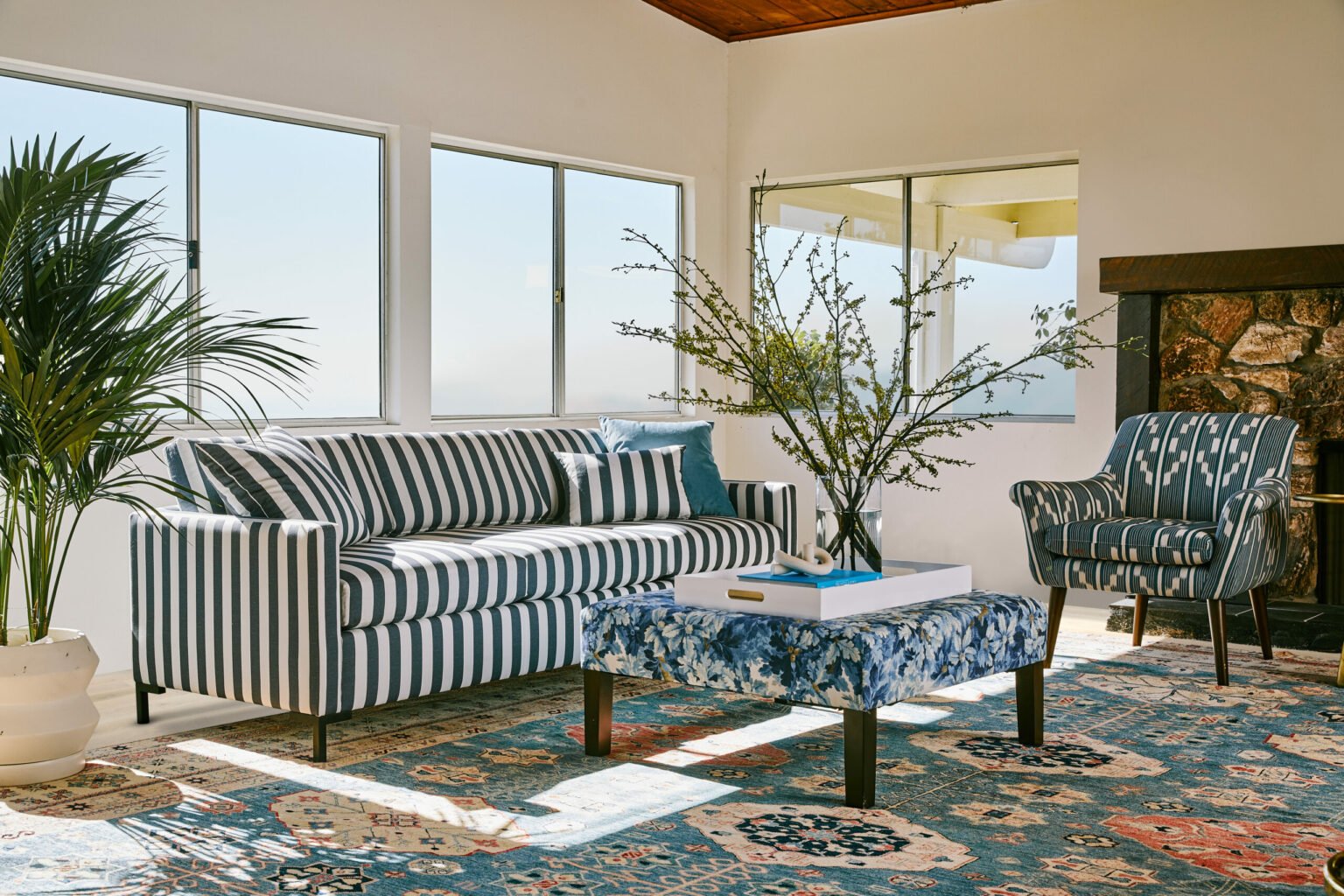
Creating a Coordinated and Harmonious Design
 When it comes to designing a living room, one of the most debated topics is whether all furniture should match. Some argue that a perfectly coordinated room creates a sense of harmony and balance, while others believe that mixing and matching different styles and pieces adds character and personality to the space. So, should all living room furniture match? The answer lies in finding a balance between creating a coordinated design and incorporating unique elements that make the space truly yours.
Matching furniture can create a sense of unity and balance in a room
, as all pieces have a similar style, color, or material. This can be especially beneficial in smaller spaces where
cohesive design can make the room feel larger and more put-together
. However,
strictly sticking to matching furniture can also result in a bland and uninspired space
. It may lack the personal touch and character that makes a house feel like a home.
When it comes to designing a living room, one of the most debated topics is whether all furniture should match. Some argue that a perfectly coordinated room creates a sense of harmony and balance, while others believe that mixing and matching different styles and pieces adds character and personality to the space. So, should all living room furniture match? The answer lies in finding a balance between creating a coordinated design and incorporating unique elements that make the space truly yours.
Matching furniture can create a sense of unity and balance in a room
, as all pieces have a similar style, color, or material. This can be especially beneficial in smaller spaces where
cohesive design can make the room feel larger and more put-together
. However,
strictly sticking to matching furniture can also result in a bland and uninspired space
. It may lack the personal touch and character that makes a house feel like a home.
Breaking the Rules and Adding Personality
 Mixing and matching furniture styles and pieces can add a unique touch to a living room
. Bringing in different textures, colors, and patterns can create an eclectic and interesting design. This approach allows you to showcase your personal style and interests, making the room feel more personal and inviting.
It also gives you the flexibility to repurpose and incorporate existing furniture pieces into your design, saving money and reducing waste
.
Mixing and matching furniture styles and pieces can add a unique touch to a living room
. Bringing in different textures, colors, and patterns can create an eclectic and interesting design. This approach allows you to showcase your personal style and interests, making the room feel more personal and inviting.
It also gives you the flexibility to repurpose and incorporate existing furniture pieces into your design, saving money and reducing waste
.
Creating a Balanced Design
 Finding a balance between matching and mixing furniture is key to creating a well-designed living room.
Choose a main focal point for the room, such as a statement couch or a bold rug, and build your design around it
. This will provide a cohesive element to tie the room together while still allowing you to play with different styles and pieces.
Incorporating small accents, such as throw pillows or decorative objects, in matching colors or patterns can also create a sense of unity
.
In the end, the most important factor in designing a living room is creating a space that reflects your personality and makes you feel comfortable
. Whether you choose to match all your furniture or mix and match,
the key is to find a balance that works for you and creates a harmonious and inviting space
. So, should all living room furniture match? It all depends on your personal style and design preferences.
Finding a balance between matching and mixing furniture is key to creating a well-designed living room.
Choose a main focal point for the room, such as a statement couch or a bold rug, and build your design around it
. This will provide a cohesive element to tie the room together while still allowing you to play with different styles and pieces.
Incorporating small accents, such as throw pillows or decorative objects, in matching colors or patterns can also create a sense of unity
.
In the end, the most important factor in designing a living room is creating a space that reflects your personality and makes you feel comfortable
. Whether you choose to match all your furniture or mix and match,
the key is to find a balance that works for you and creates a harmonious and inviting space
. So, should all living room furniture match? It all depends on your personal style and design preferences.


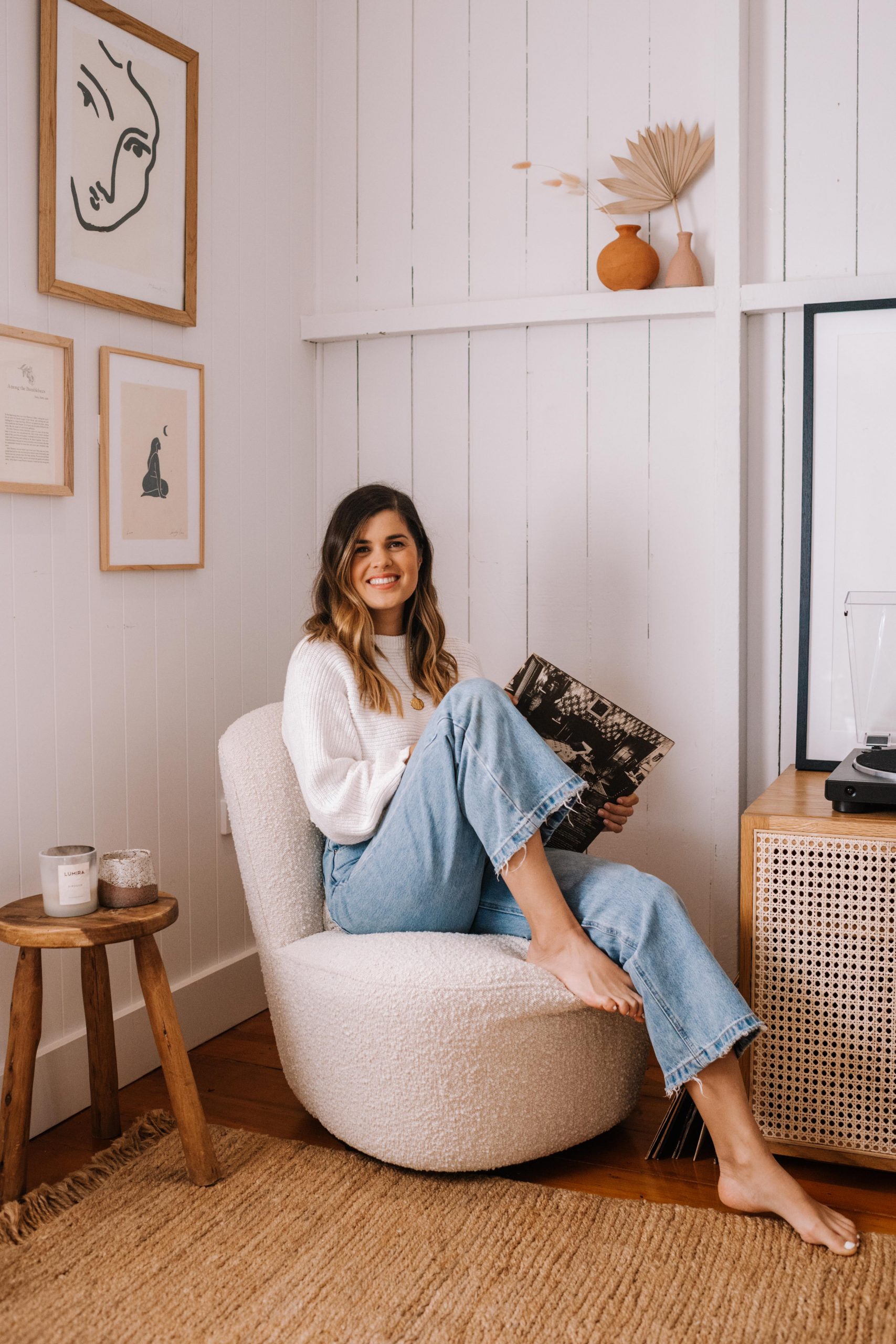







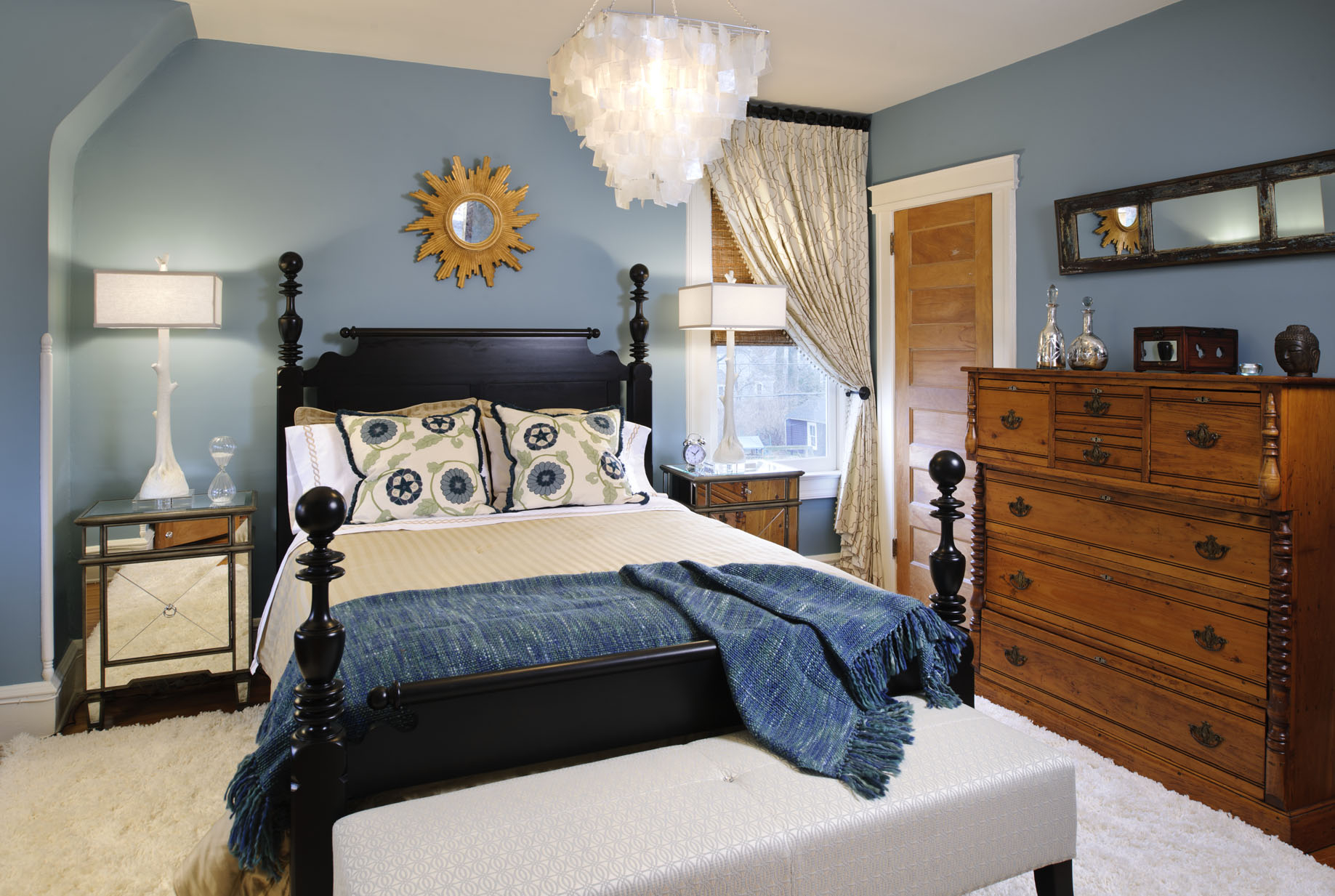









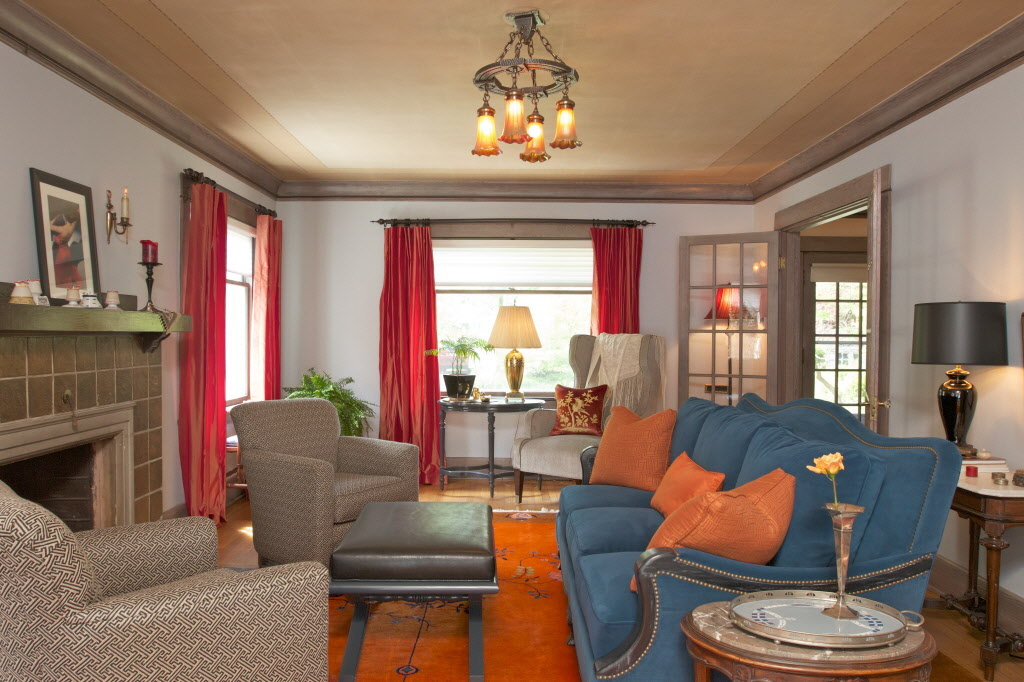
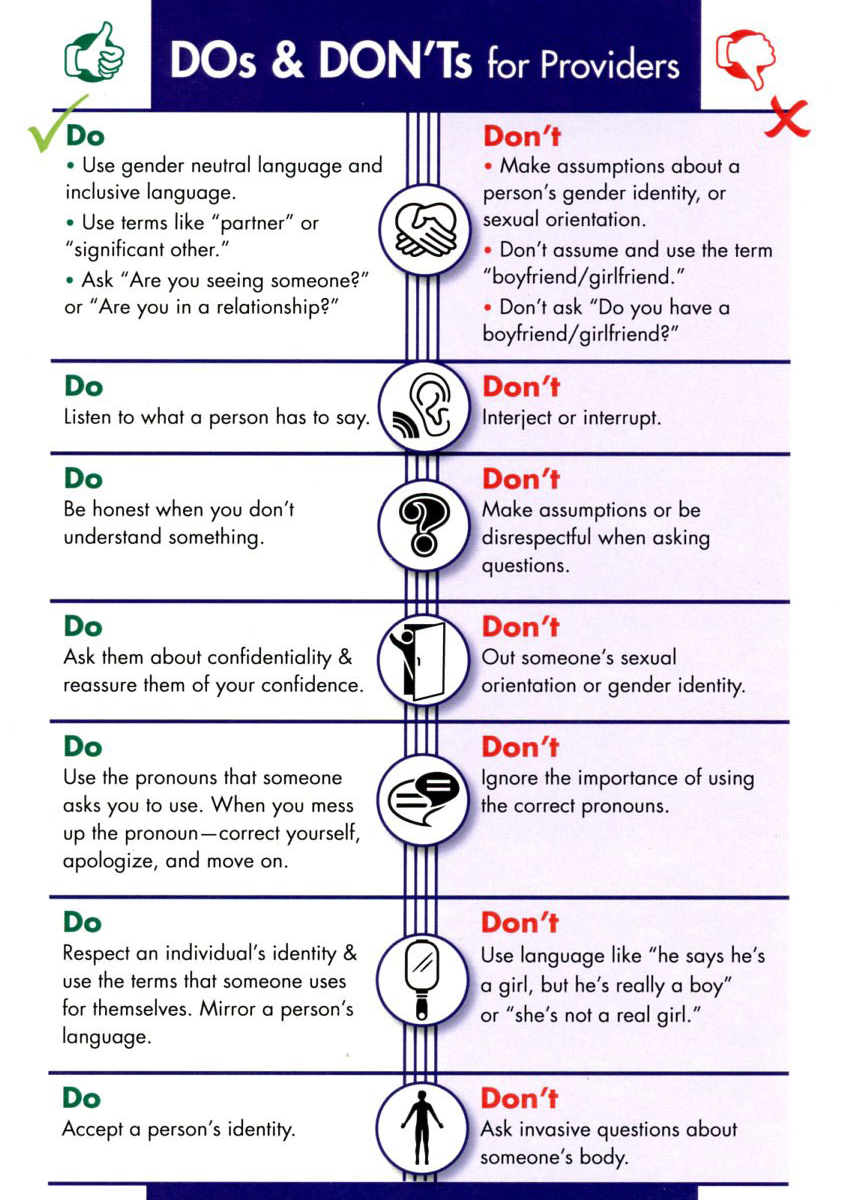





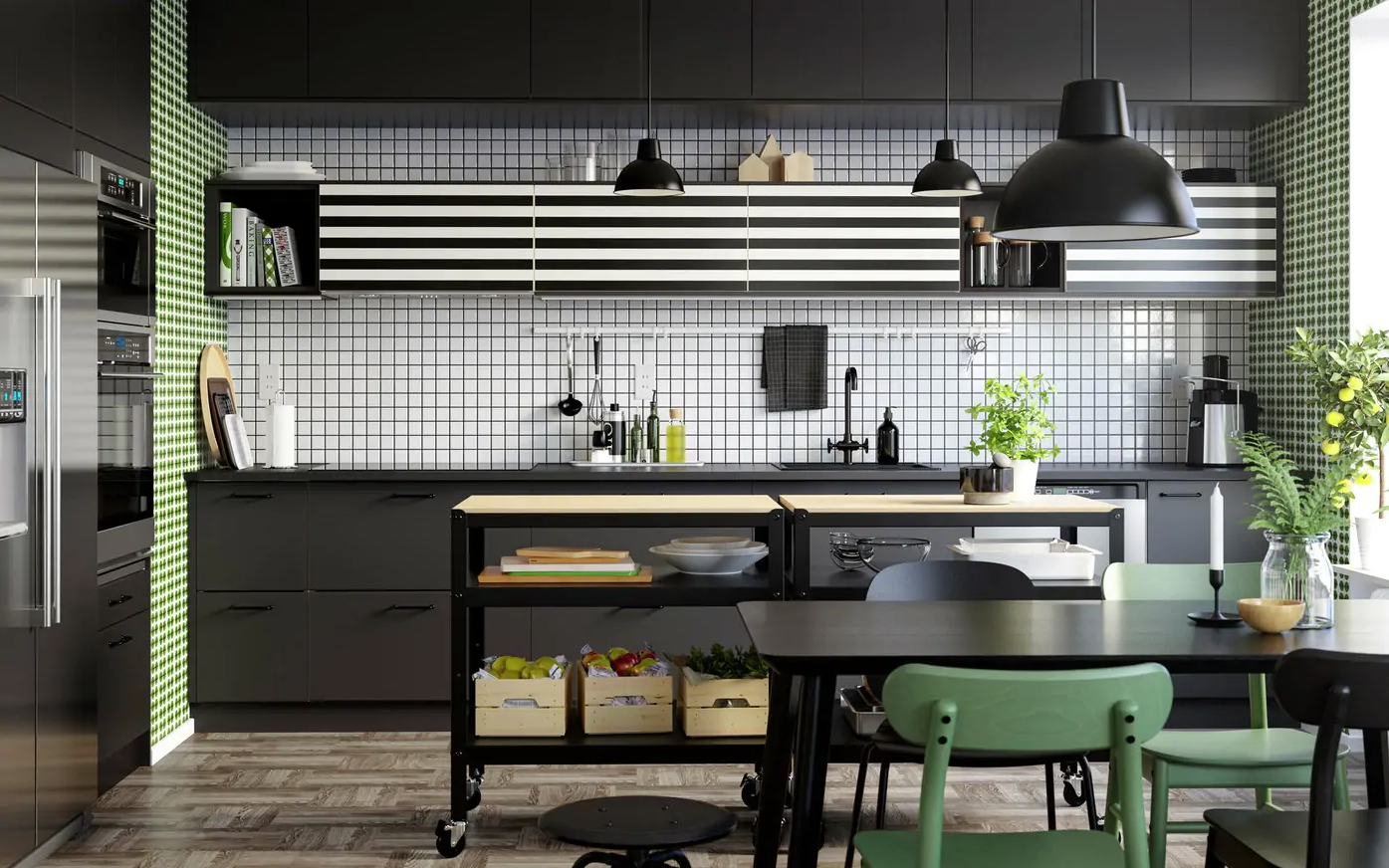
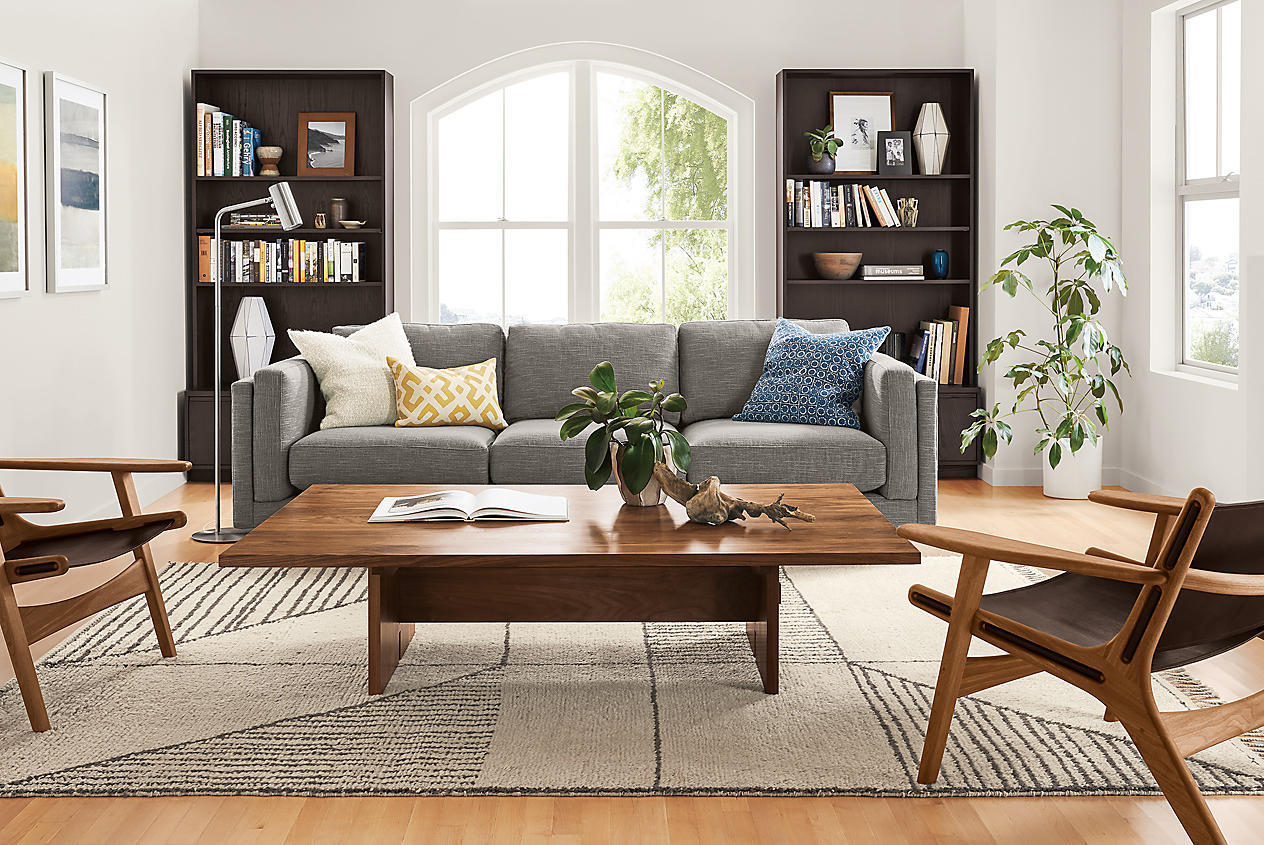
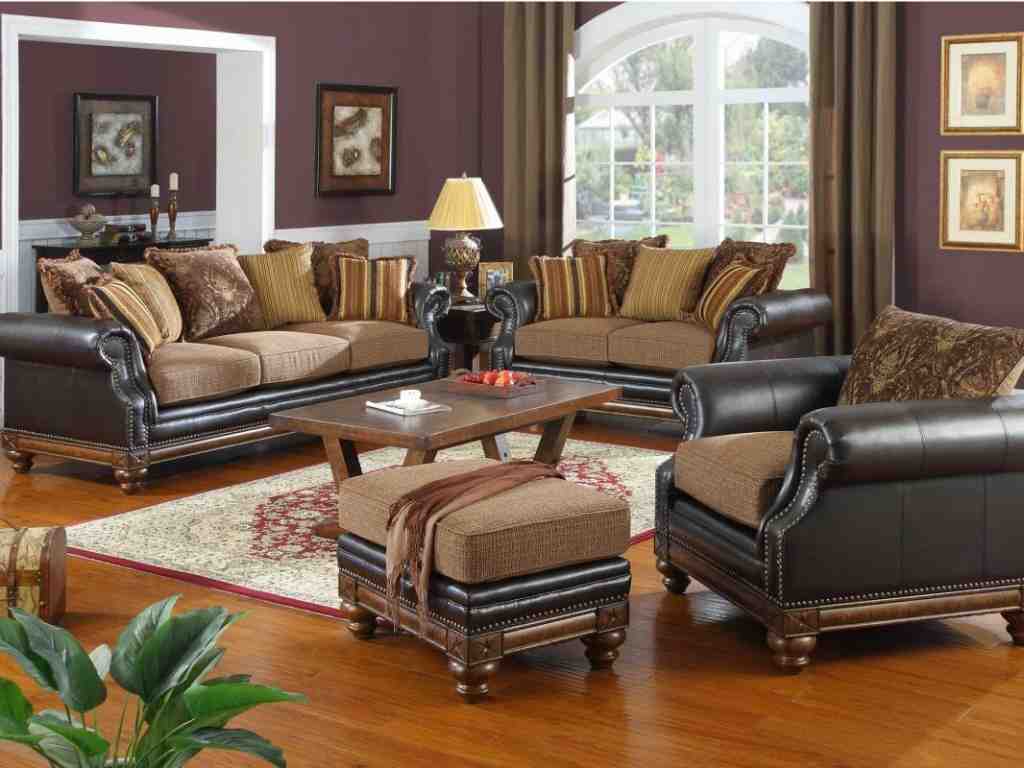
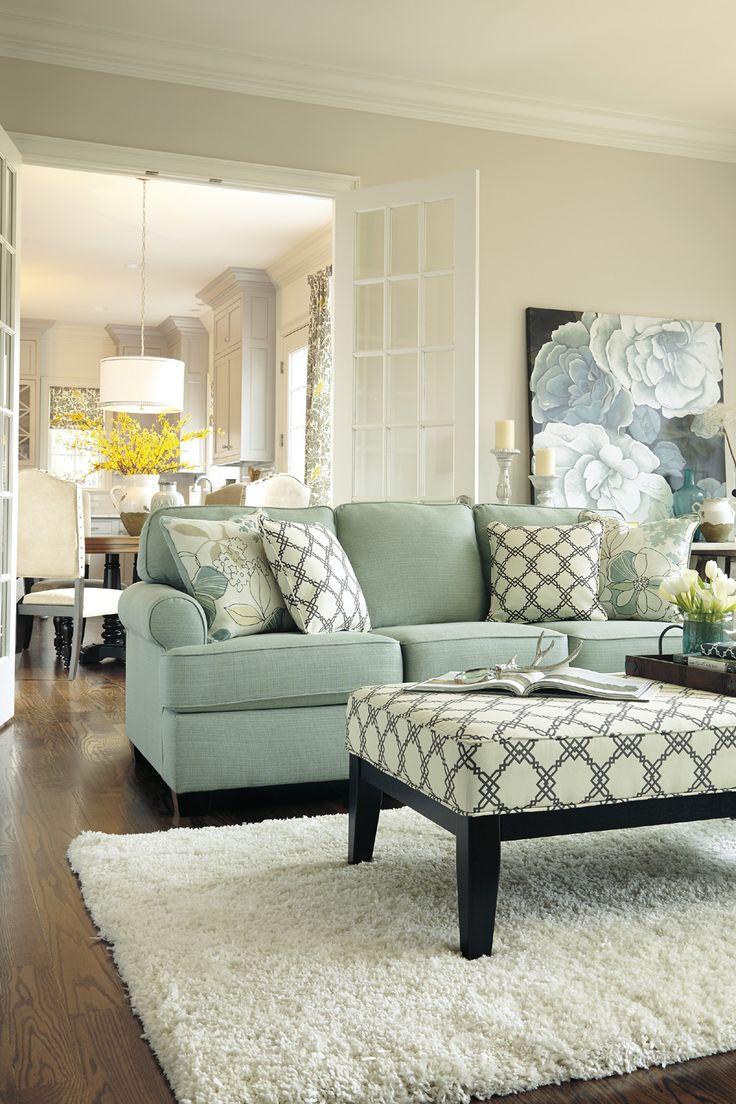




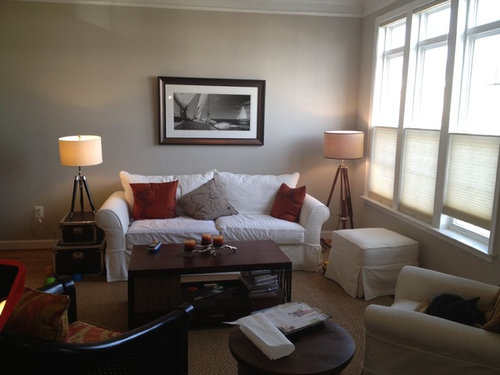


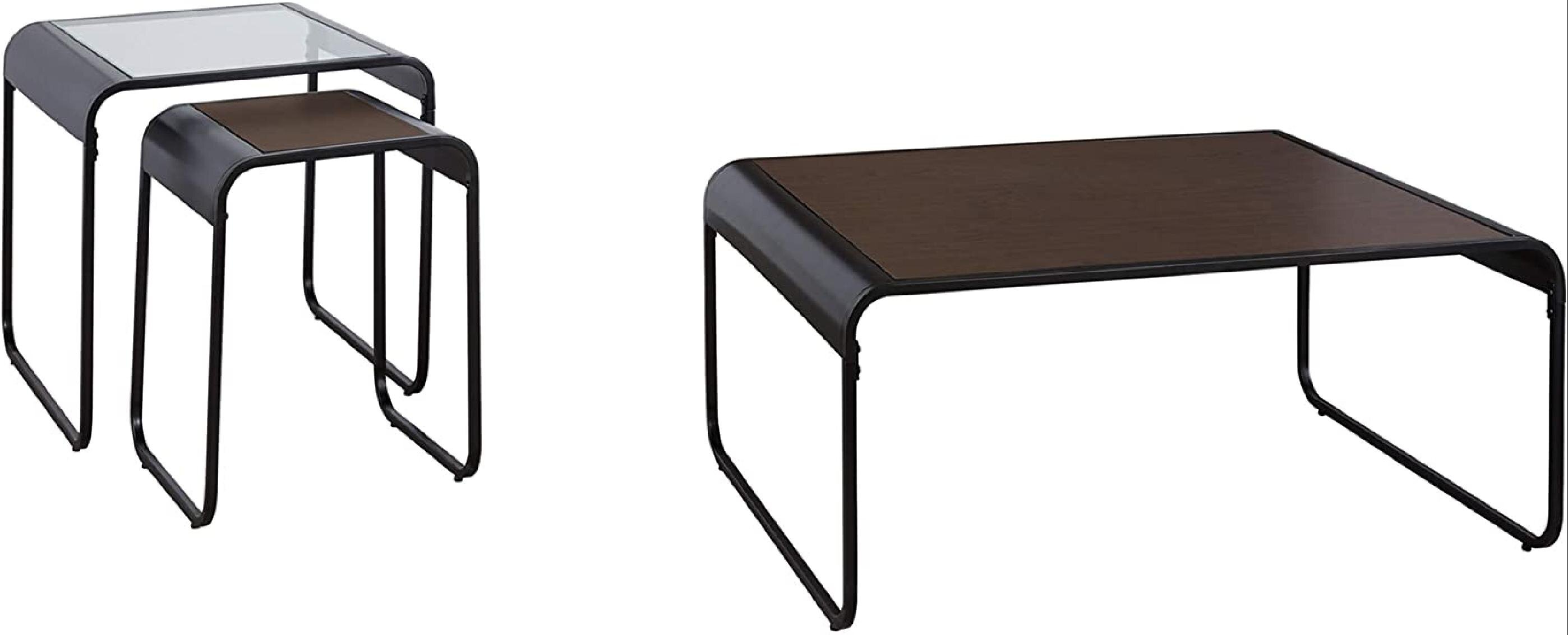






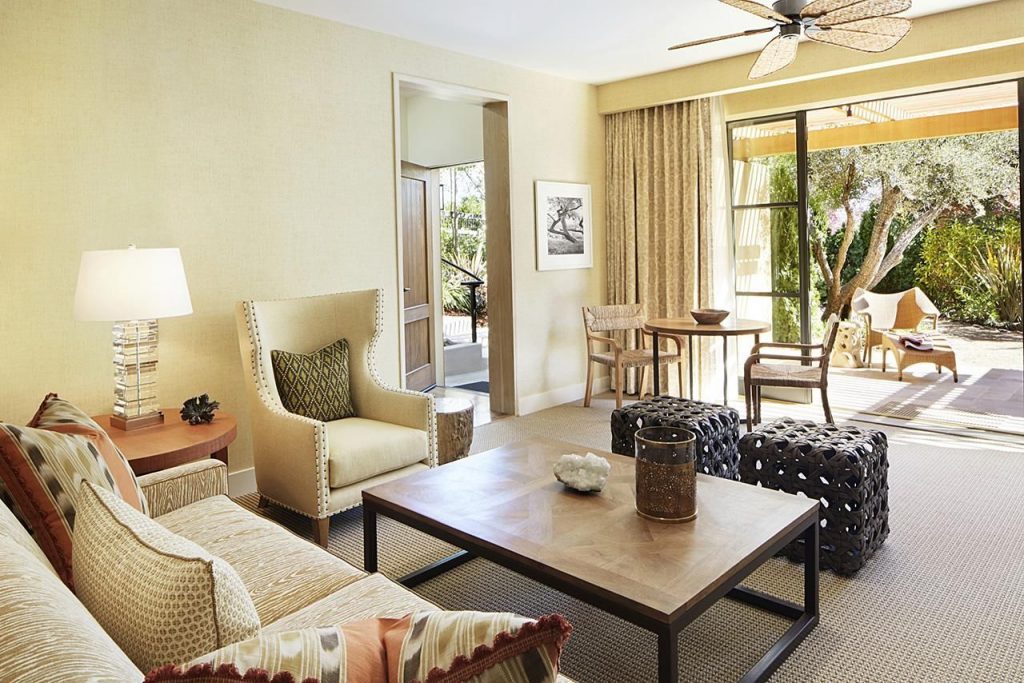


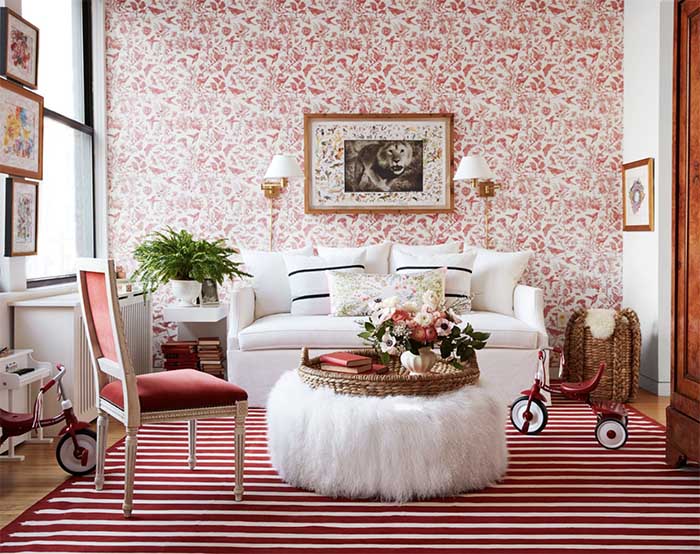
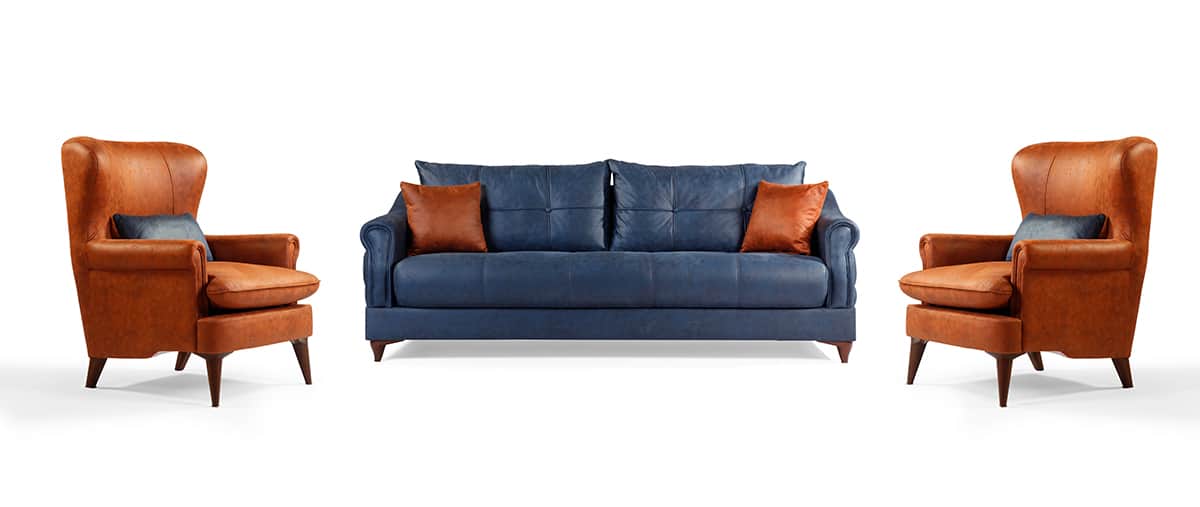












:max_bytes(150000):strip_icc()/mixing-antique-accessories-into-modern-decor-1976754-hero-070dea6d92104007aa7519130e8426c1.jpg)
